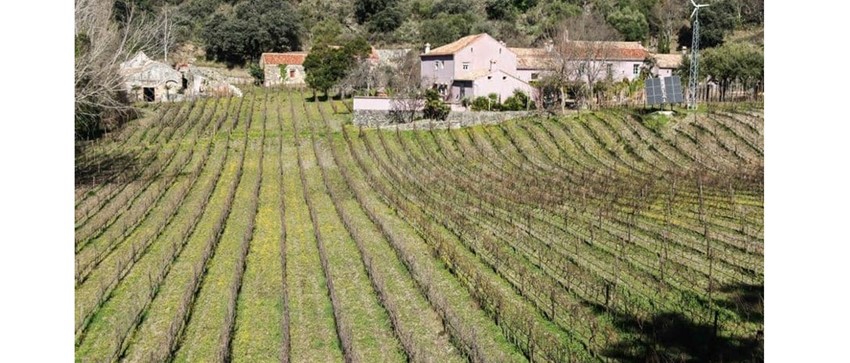Philip V chose Malaga to keep his greatest military secret: tinplate. Few people know that Malaga was home to the first blast furnace in Spain, and second in Europe, in the 18th century and for almost 60 years. The province of Malaga was chosen by Philip V to keep his greatest military secret, tinplate. Every year dozens of industrialists and engineers from all over the world visit the remains of the former Royal Tinplate Factory of Júzcar.
But to find out a little more, we have to go back to 1727. Philip V reigned and it was necessary to look for a place in Spain as hidden as possible to manufacture a material for armament and military purposes: tinplate.
The location was carefully chosen. First of all, it had to have sufficient water resources, and in this case the area was crossed by a very abundant river, the Genal River. Secondly, it had to guarantee the production of wood to feed the smelter with charcoal, and here there was a cork oak forest of thousands of hectares. In addition, it fulfilled two other conditions: it was a practically impregnable site and it was close to the shipyards of Cadiz, where the galleons were built and covered with tinplate to protect them from the insects that ate the wood.
This mixture of iron and tin, minerals from quarries in Granada and Cordoba, was transported on donkeys to the town of Júzcar, in the province of Malaga, where some 200 workers worked surrounded by great security measures, manufacturing a fundamental element in the coating of armor and Spanish galleons. Tinplate ceased to be a royal monopoly in 1780 and the factory, located in such a remote place that the alloy sheets were transported by 20 camels along the Genal River to Estepona, where they were shipped, closed in 1786.
It barely lasted 60 years. Local residents eventually dynamited the dam that provided power to the smelter. They were depleting the forest from which they sustained themselves, it was their way of life, and they decided to eliminate it. Although it had other uses, including refuge for smugglers and bandits such as Tragabuches, the complex languished and had been in ruins for two centuries when, in 2001, it was acquired by the Catalan economist Enrique Ruiz, who converted it into a center for organic viticulture. Now he has just been recognized with the Hispania Nostra award.













